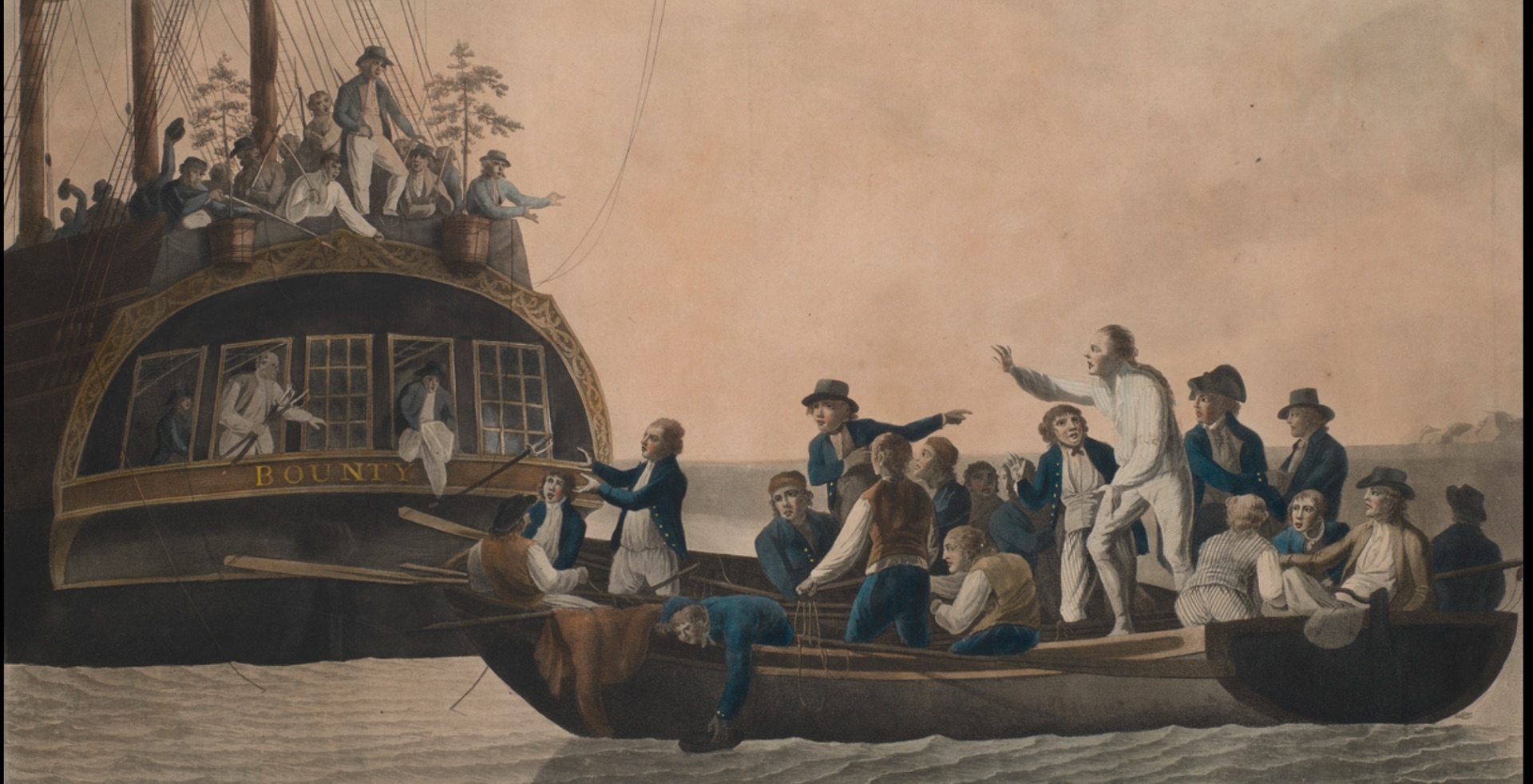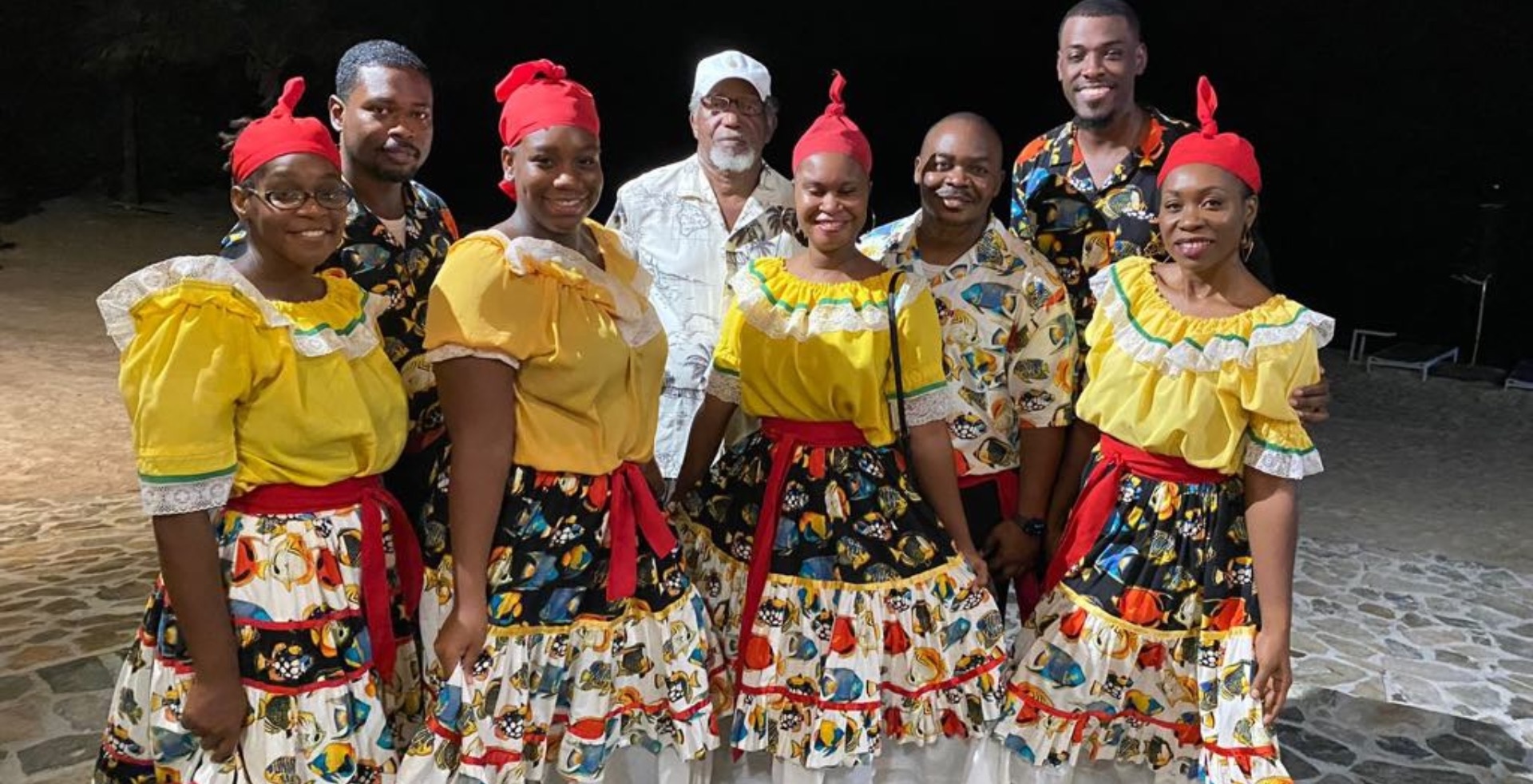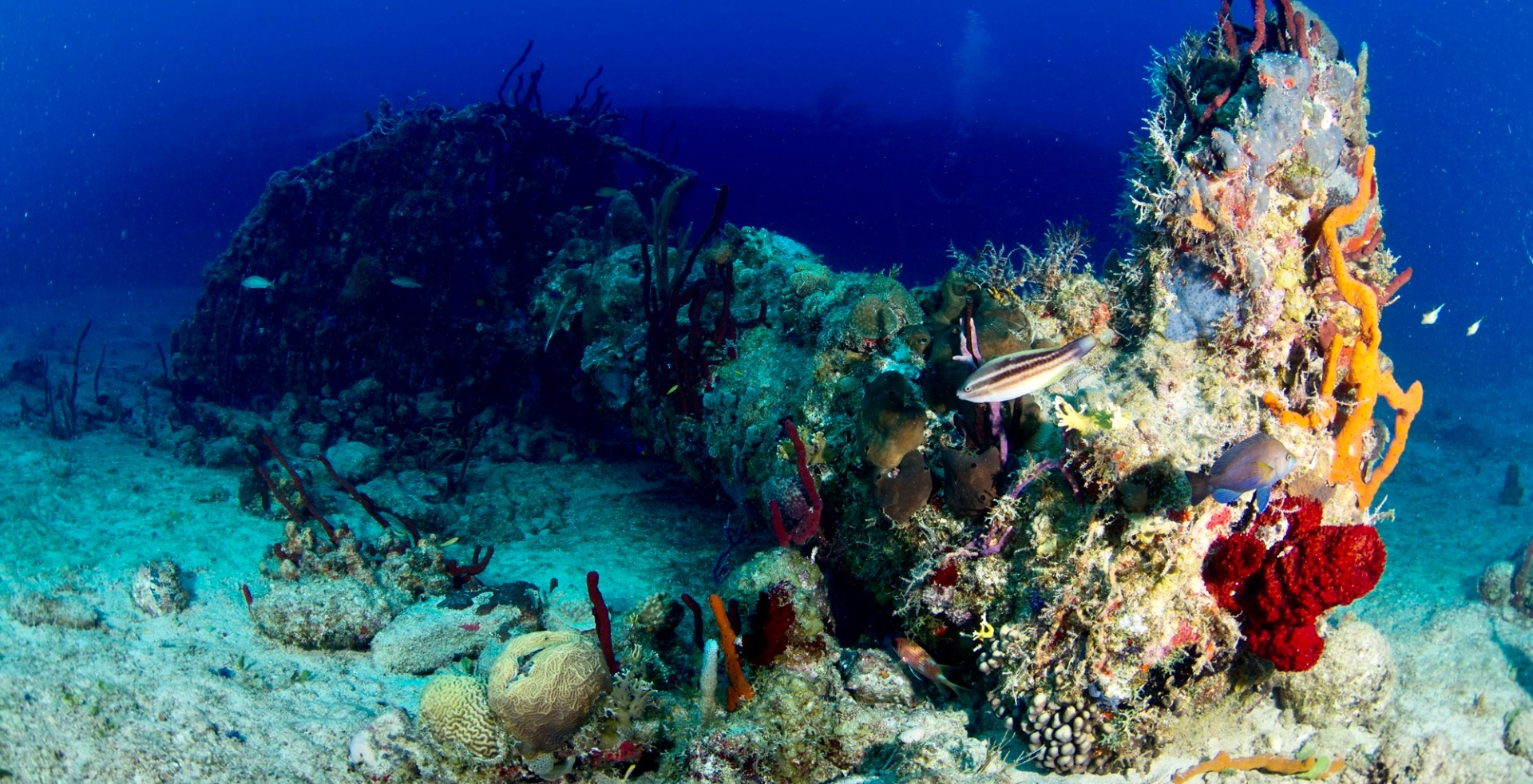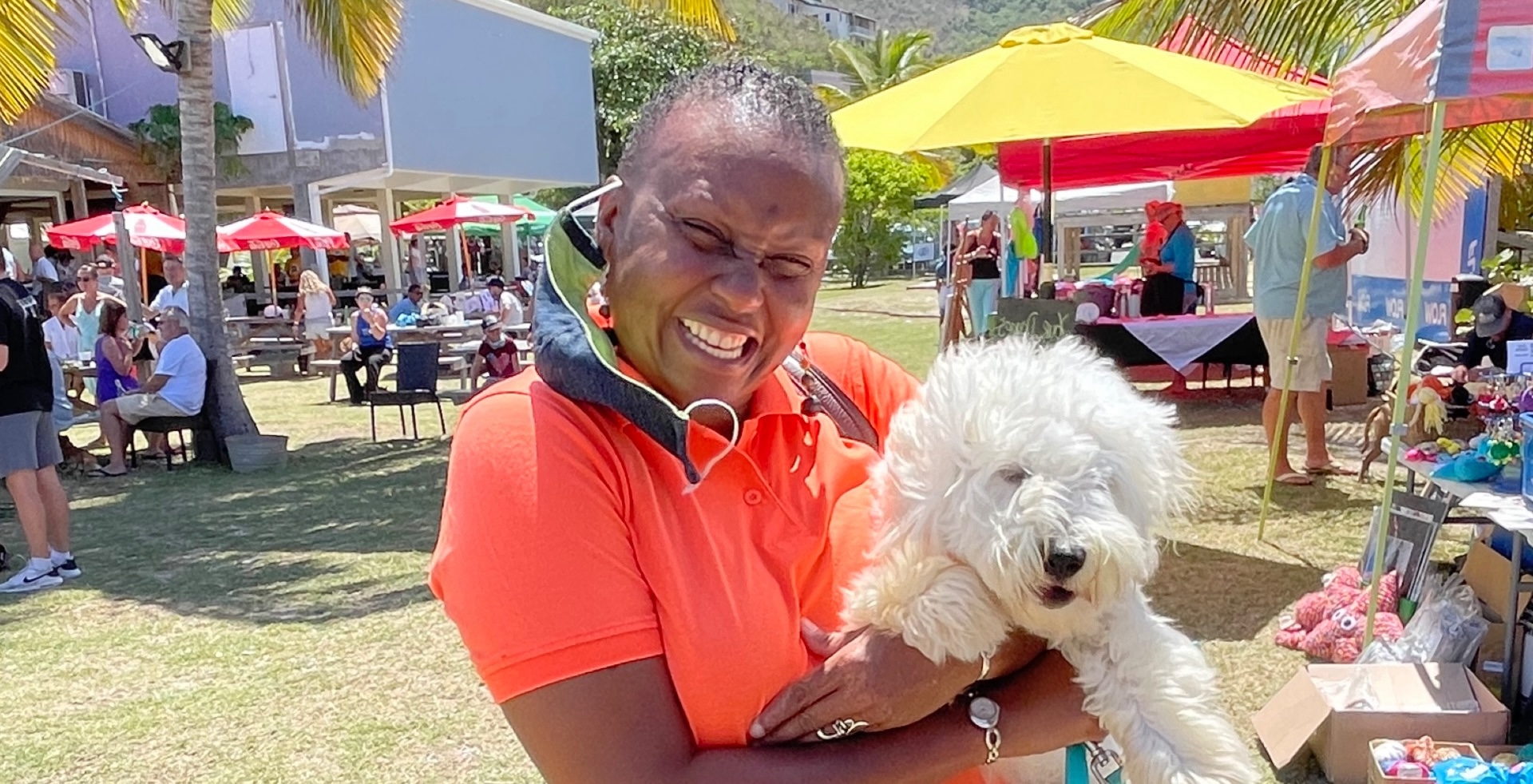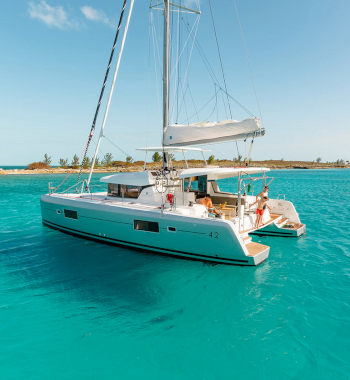A Walk in Sage Mountain: Glimpse Tortola’s Primordial Past
By Claudia Colli
The Virgin Islands may be the land of sea, sand and sun, but no trip here would be complete without an excursion to Sage Mountain National Park. Cool and shady this park offers a refuge from the tropical heat and a glimpse into the islands’ primordial past.
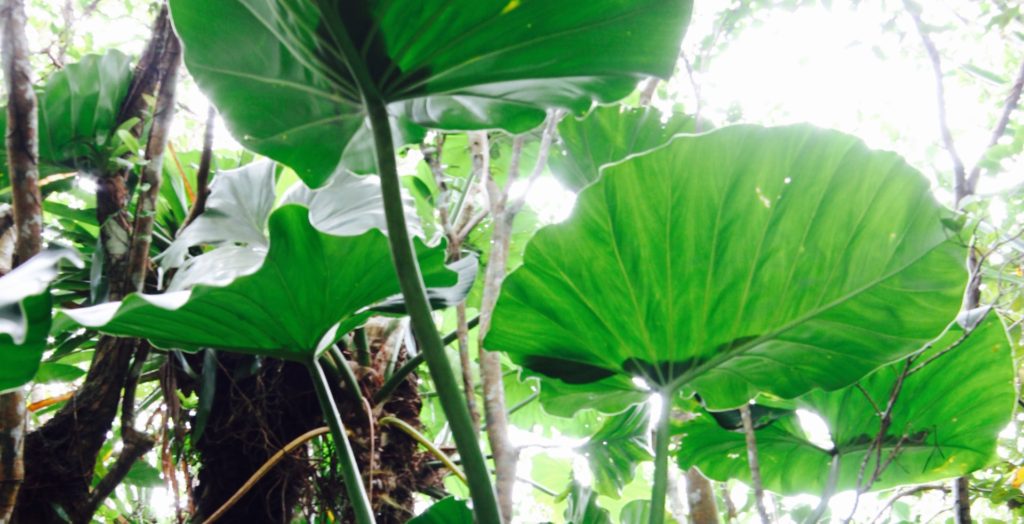
That’s the way I feel whenever I walk through this majestic collection of mahoganies and banyans, cedars and turpentines. The forest floor is covered in lacy ferns and large boulders are blanketed in velvety moss. Although much of the forest is second growth, the heart of the park is so lush and overgrown, you would think you were transported to the time when the islands’ first Amerindian inhabitants dwelled on this cluster of Caribbean isles.
At 1,716’ Sage Mountain is the Virgin Islands’ highest point. From Road Town, the best way to the park is up Joe’s Hill Road and then along the Ridge Road. Follow the Ridge Road westward, turning left at the first junction by Rudy’s Outside Bar. At the next three-way junction, carry on straight ahead, climbing the steep paved road.
At the parking area, you will find my favorite vista, a panorama that sweeps across the north shore with Jost Van Dyke, Sandy Cay, Great and Little Tobago and St. Thomas in the distance. Looking south, the Sir Francis Drake Channel named after the cunning adventurer who discovered this sheltered waterway in 1595, can be seen. This was the route the navigator chose for his small fleet as it headed westward from Virgin Gorda to attack the rich Spanish port of San Juan.
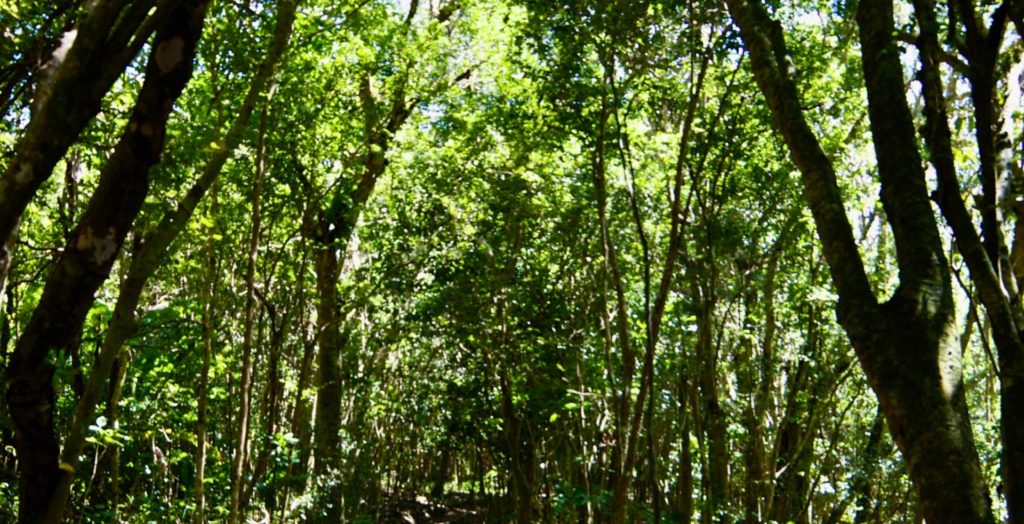
From the car park follow the neatly laid out gravel path to the entrance of the 86 acre park. The beginning of the walk is past private land, and along the way you can glimpse small terraced farms with bananas and a variety of root crops. For the most part the path is shady, occasionally interrupted by sun soaked views of the north shore.
The park’s entrance is marked by two gates and here you will have to make a decision. Should you go to the mahogany forest with its grove of 40-year-old mahoganies planted by Virgin Islands businessman and conservationist, the late José O’Neal – or, do you continue onto the banyan tree, an area of lush growth and the park’s oldest vegetation? Go both routes. The first one though, through what is referred to as dry forest, is shorter, so you might want to try it first. When you reach the highest point at the top of the easy-to-ascend trail, there is a marker pole delineating the highest point and a narrow view out to the south shore.
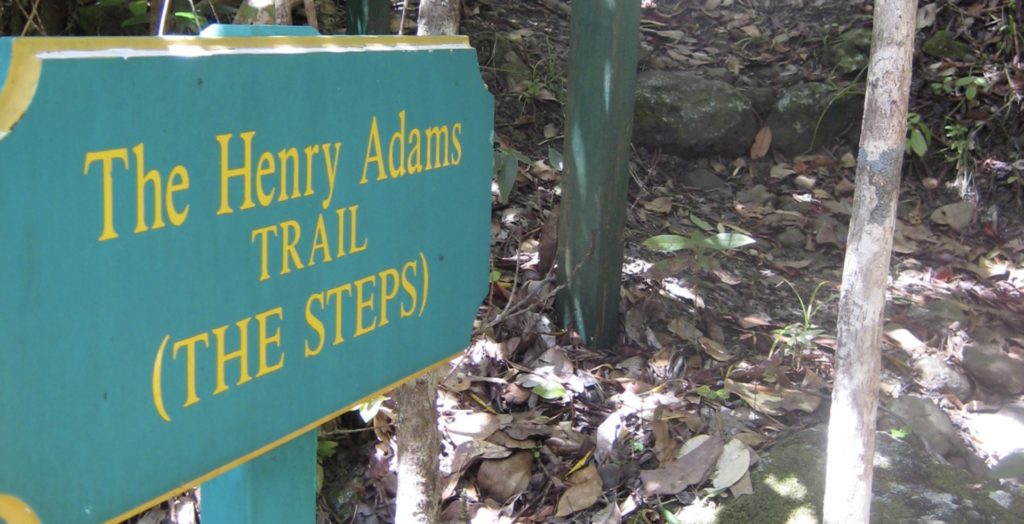
The second trail includes a loop, which leads one into the densest part of the forest. It is a beautiful trail, dark and moist with luxurient rain forest type foliage that includes bulletwood trees that tower 70’ overhead. A variety of bromeliads, epiphytic ferns, and hanging vines cling to the trees. You will walk past enormous elephant ears and over a soft carpet of damp smelling moss. Light filters through the treetops casting an otherworldly glow through the branches and onto the forest floor. The loop continues, taking explorers down a narrow wooden staircase, past boulders, some with overhangs, and then up onto the sunny main trail. The trail is not difficult, but does require some agility to get around the large boulders and negotiate the often moist pathway.
Follow this trail past wild guavas and white cedars (the BVI’s national tree) which proliferate along the path’s edge until you once again enter the forest. Here at the end of the trail is a monumental banyan or wild ficus tree, whose enormous gnarled trunk appears as an intricate piece of sculpture. As you walk through this stately forest, keep an eye out for king birds, ground doves and thrashers, and listen for the chirping of tree frogs and rustling of ground lizards scurrying through the dry leaves beneath the trees.
Established in 1964, Sage Mountain National Park is the Territory’s first national park and came into being due to the collaboration of two dedicated conservationists the American philanthropist Laurance Rockefeller and J.R. O’Neal, who would become the first chairman of the BVI National Parks Trust. Rockefeller had recently purchased and donated land in St. John to create a national park there, and he wanted to do something similar here in the BVI. Rockefeller donated sufficient money to the government to purchase 90 acres of land crowning Sage Mountain. These and two other donations at Spring Bay and Devil’s Bay on Virgin Gorda would become the basis of the BVI’s National Parks Trust.
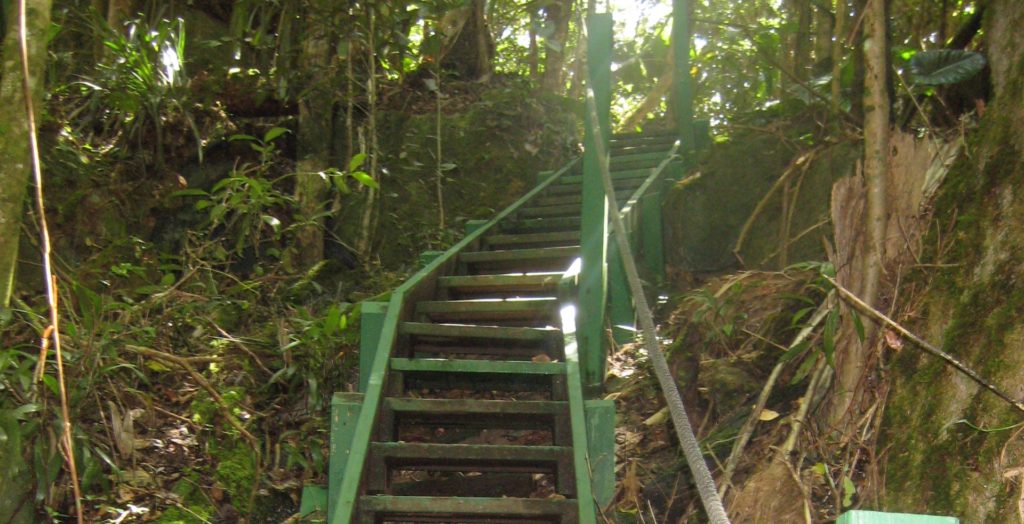
As part of his Sage Mountain bequest, Rockefeller had donated an additional $10,000 to reforest Sage Mountain with some of the hardwoods that once covered the mountainside including bulletwood and mahogany. JR, who had long been interested in reforestation, purchased hundreds of mahogany seedlings. In the late 1980s, JR asked Alfred O. Shirley to supervise improvements to the park and under Shirley’s direction additional trails were established opening up more sections of the park. Over the years trails have been graveled and signs identifying the trails and many of the trees posted, making the forest a favorite destination for residents and visitors.
For me, spending a few hours in Tortola’s national forest is transporting. It is a way for me to get in touch with the natural world – Virgin Islands style.

